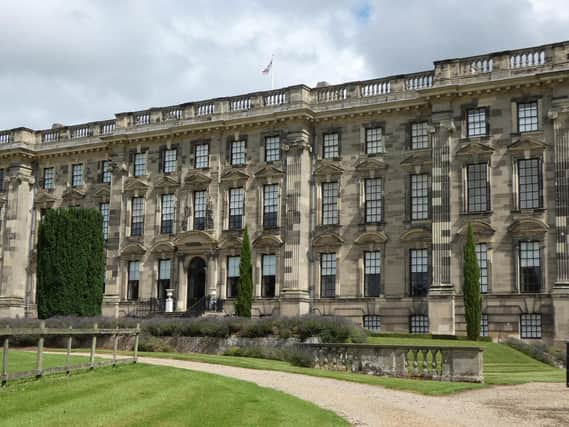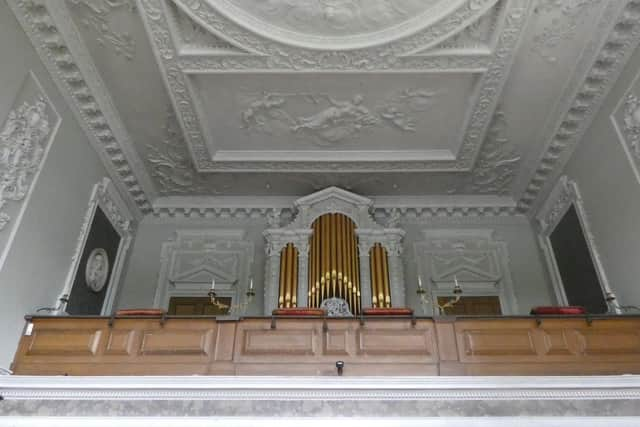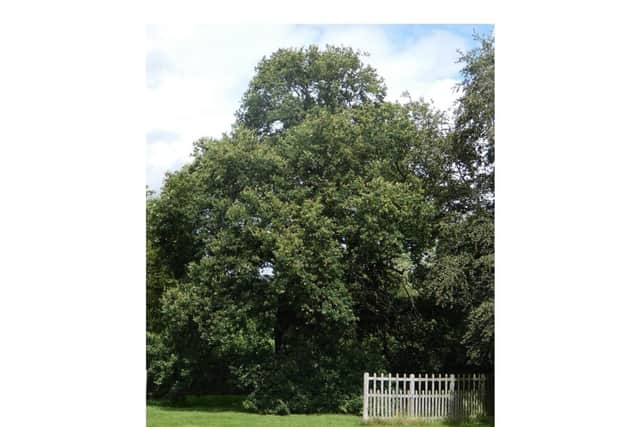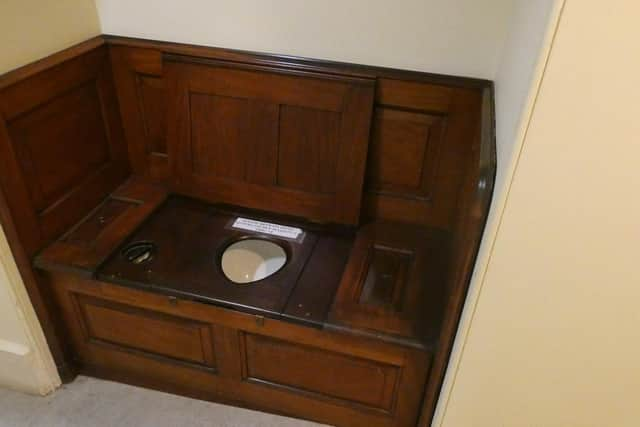Forgotten local histories: Stoneleigh Abbey's links with Jane Austen, royalty and the darker secrets it hides


In the final Forgotten Local Histories article (for the time being), local historian George Evans- Hulme explores the later history of Stoneleigh Abbey, it’s association with both Jane Austen and royalty, and the darker secrets it hides.
Forgotten Local Histories – Stoneleigh Abbey Part II
Out in the grounds of Stoneleigh Abbey, some way away from the main house, there stands an oak tree. The tree is very old; it is said to have stood for 1,000 years. It is known as 'Shakespeare’s Oak’ and is thought to have shaded the bard, who once sat underneath it’s sprawling branches whilst passing by. The tree, however, is not the commanding feature of the estate.


Advertisement
Hide AdAdvertisement
Hide AdAt a towering three storeys high, with an additional basement storey, and with 45 west-facing windows, the dominant feature of Stoneleigh Abbey, as it stands today, is undoubtedly its west façade, built between 1720-6 at a cost of £3,300 by Edward, 3 rd Lord Leigh. Visitors to the abbey may wonder what architectural eccentricity inspired the spell-binding spectrum of grey that covers the
building like a pixelated television screen. However, despite its striking beauty, the discolouration effect was unintentional and was caused by the fire of May 1960.
This week’s Forgotten Local Histories article will shine light on the later history of the abbey, after it had ceased to be an abbey in the true sense of the word (thanks mainly to Henry VIII and the dissolution of the monasteries of 1538). It was not long after the dissolution that the Leigh family came into possession of the house.
Sir Thomas Leigh, a former Lord Mayor of London, was the first of the family to own the estate, which came into his possession in 1561. The abbey then remained under the auspices of the Leigh family for over four centuries, until 1996. The timeline of ownership is not as simple as a linear progression from father to son. Indeed, the deaths of brother and sister Edward and Mary Leigh, both childless (in 1786 and 1806 respectively), prompted a rush to the abbey by the surviving members of the Leigh family in order to stake a claim to inherit the estate. The family member who won the race was Rev. Thomas Leigh who had brought with him his cousin, the famous writer Jane Austen.


Advertisement
Hide AdAdvertisement
Hide AdSadly, there is no direct evidence of what Austen thought of her visit to the abbey. However, it has been suggested that the drama of the Stoneleigh Abbey inheritance saga may have influenced the prominence of ‘inheritance’ as a key theme in many of Austen’s novels. Of greater tangibility though, is the link between the abbey and Austen’s description of the Sotherton Court chapel in Mansfield Park.
The chapel in the novel is described as being ‘a spacious, oblong room’ with a servants’ entrance below and family balcony above. Much like the chapel at Stoneleigh Abbey, the room is relatively plain (notwithstanding the row of ‘crimson velvet cushions appearing over the ledge of the family gallery’). Indeed, ‘there is nothing awful [in the chapel], nothing melancholy, nothing grand’ - the heroine Fanny Price states - there are also ‘no aisles, no arches, no inscriptions, [and] no banners’. A visitor to the abbey can still see the space that inspired this description to this day, right down to the crimson cushions that still sit on the family balcony overlooking the chapel.
Another famous visitor to the property was Queen Victoria, who came to stay at the abbey in 1858, with Prince Albert also in attendance. The royal couple had been due to stay at Warwick Castle; however, when Albert heard that Stoneleigh Abbey had a flushing lavatory (which were still a rarity) the technophile jumped at the chance to see it. The Queen’s bedroom has been faithfully recreated on the abbey’s principal floor bar one detail: it is located on the floor below where it stood originally.
This is because the residential redevelopment on the upper floors of the abbey meant the bedroom had to be moved in order to maintain public access. Nevertheless, much of the furniture is original, providing a tangible link to the Queen herself.


Advertisement
Hide AdAdvertisement
Hide AdSome readers will recall the previous Forgotten Local Histories article discussing the serenity of the Rennie bridge that crosses the Avon on the west-side of the abbey park. Whilst aesthetically pleasing and a peaceful spot, one historian has suggested that the bridge was the site of a number of murders in the years 1812-1815. These early 19 th century events remain unproven; however, a
murder case that was sadly borne out at the abbey was that of Beryl Waite in September 1969. Mrs Waite was murdered by her husband (the latter worked as the then Lord Leigh’s chauffeur and mechanic) who was convicted of his crime and sentenced to life imprisonment in March 1970.
Stoneleigh Abbey is back open to the public who are now able to book tours of the abbey, access to the gardens, and afternoon tea in the orangery (subject to availability). The abbey is open Sunday-Thursday, 10am-5pm. For more information, or to book, please contact the Stoneleigh Abbey team via the website or on 01926 858585.
Author’s Note: I would like to thank the Stoneleigh Abbey team, especially Rachel Allen and Paul Sanders, for helping me research this article. Also, on my final article in this instalment of the Forgotten Local Histories series, I would like to thank the editor of this paper, Phil Hibble, for affording me this opportunity and allowing me considerable scope to write about my interests.
Advertisement
Hide AdAdvertisement
Hide AdThank you, too, to my dad, Garry, for encouraging me to pursue journalistic writing and further explore the field of architectural history. Finally, and by no means least, thank you to my stepdad, Adam, and my mum, Justine, for graciously tolerating my incessant talk of writing and Warwickshire history during our daily walks around the woods and lanes of east Kenilworth. I am very grateful for their help and advice. Any mistakes or errors in this or any of my previous Forgotten Local Histories articles are my own.